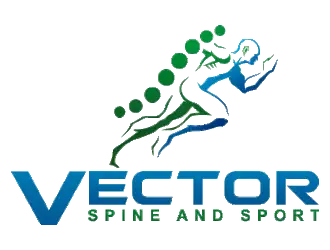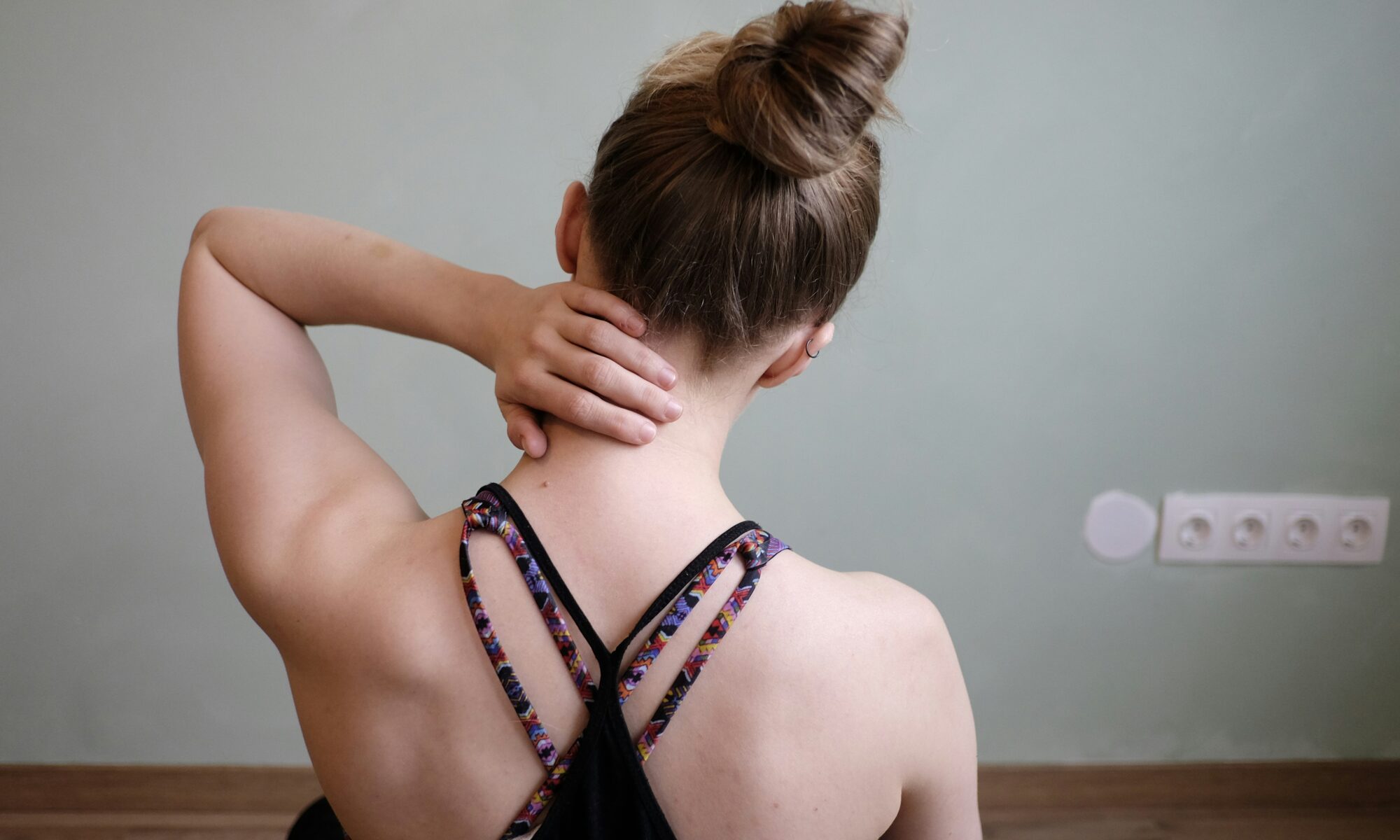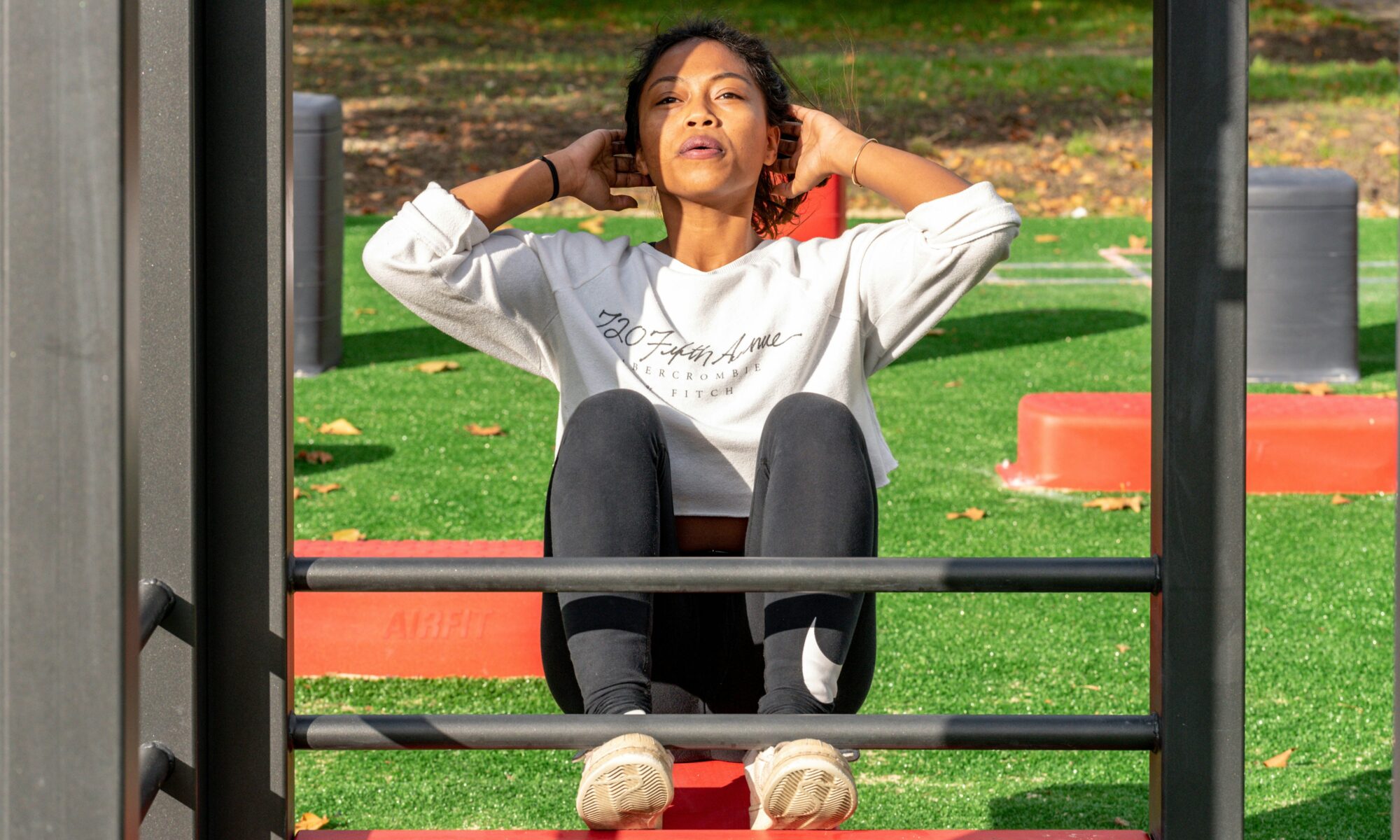Have you ever noticed that strange tingling in your fingers — maybe when you wake up, when you’re driving, or when you’re working at a computer? Sometimes it’s mild, a little annoying. Other times it’s sharp, frightening — like a zap or a burning. You stretch, shake your hand, and for a moment it feels better, but then the numbness creeps back in. It’s easy to assume that the problem must be in the wrist. But more often than not, the root of the problem lies higher up — in your neck.
At Vector Spine and Sport in Murray, Utah, we treat many patients whose “hand problems” turn out to be nerve issues originating in the cervical spine. Understanding that connection often makes the difference between temporary relief and lasting healing.
The Hidden Connection: Neck Nerves and Hand Sensation
Your neck is more than just a pivot for your head. It houses nerves that reach all the way down your arms to your hands and fingers. When the spinal joints in your neck lose mobility — due to poor posture, trauma (like an auto accident), degenerative changes, or tight muscles — those nerves can become irritated, compressed, or inflamed. What follows is a cascade of symptoms: tingling, numbness, weakness, “pins and needles,” shooting pain, or a burning sensation.
Because these symptoms manifest so far from the actual source, many people — and even some doctors — mistakenly treat it as a wrist or hand problem. That often leads to wrist braces, anti-inflammatories, or even repetitive appointments with no real improvement.
Why So Many Conditions Begin With the Neck
Several factors can set the stage:
- Everyday posture: Slouching at a desk, hunching over a phone, or “tech neck” = constant strain on upper cervical joints and muscles.
- Acute injury: Car accidents, falls, or sudden impact can throw the spine out of alignment. Even if you feel “fine,” nerve irritation can begin silently and worsen over days or weeks.
- Chronic strain or degeneration: Over years, disc wear, arthritis, or joint stiffness can gradually compress nerves.
- Muscular tension: Tight muscles in the neck, shoulders, or upper back can constrict nerves — especially when combined with poor posture or previous injury.
When nerves are irritated at the spine — even slightly — hand symptoms begin. The result can be unpredictable: a good day, a bad day, flare-ups with work or driving, intermittent weakness. That kind of inconsistency often leads to frustration, fear, or resignation.
How Chiropractic Care Uncovers & Treats the Real Problem
At Vector Spine and Sport, we believe in fixing the root cause, not just masking the symptoms. The first step is a thorough examination: looking at posture, spine alignment, joint mobility, soft tissue quality, and nerve function. That lets us pinpoint which vertebrae or muscles are causing the irritation — something a simple wrist brace or pain pill can never do.
Once identified, gentle but precise chiropractic adjustments restore joint movement and reduce pressure on nerves. Soft tissue work helps relax tight muscles that might be strangling nerve pathways. Posture coaching, ergonomic advice, and therapeutic exercises support long-term healing and prevent recurrence.
Patients often tell us they feel the difference almost immediately — more flexibility, less “pins and needles,” stronger grip, greater comfort when driving or typing. And over time, many achieve complete relief, without surgery, injections, or lifelong reliance on drugs.
When Muscles and Tension Need Extra Help — Enter Shockwave Therapy
But what about those sneaky cases where nerve irritation is worsened by years of muscle tension, scar tissue, or chronic inflammation? That’s where Shockwave Therapy (EPAT) comes in — a powerful regenerative tool that complements chiropractic care beautifully.
We use acoustic pressure waves to penetrate deep into tight tissues, stimulate blood flow, reduce inflammation, and encourage cellular repair. That helps break up tight muscle bands or fibrous scar tissue that may be compressing nerves. Over a few sessions, many patients experience significantly reduced tension, improved nerve flow, and restored sensation.
Because the therapy is non-invasive, drug-free, and requires no downtime, it’s an excellent option even for busy adults, students, or people with demanding schedules.
What to Do If You’re Experiencing Hand Numbness (or Suspect Nerve Involvement)
If you notice persistent tingling, weakness, or numbness — especially when associated with neck stiffness, poor posture, or a history of injury — don’t wait. Nerve issues often worsen over time and can lead to permanent changes if neglected.
Visiting Vector Spine and Sport means you get:
- A comprehensive exam focused on spine, muscle, and nerve function
- A tailored treatment plan combining chiropractic and, if needed, shockwave therapy
- Guidance on posture, ergonomics, stretching, and self-care
- Ongoing support until you regain strength, sensation, and confidence
And if your symptoms began after a car accident or other trauma — know that in Utah, your care is often covered under Personal Injury Protection (PIP). That means your initial exam and treatments are likely to be paid for automatically — whether you were at fault or not.
You Don’t Have to Live With Numbness — Relief Is Possible
We believe in a simple truth: your body should feel strong, responsive, alive — not numb or tingly. When nerves are treated at their source, when muscles relax, and when posture aligns — the difference can be dramatic.
At Vector Spine and Sport, we specialize in helping people in Murray and the greater Salt Lake Valley reclaim their body’s function. If you’re dealing with hand numbness, tingling, or any signs of nerve irritation — call us at 801-456-0352 or book online. Your journey back to feeling connected and pain-free starts here.









